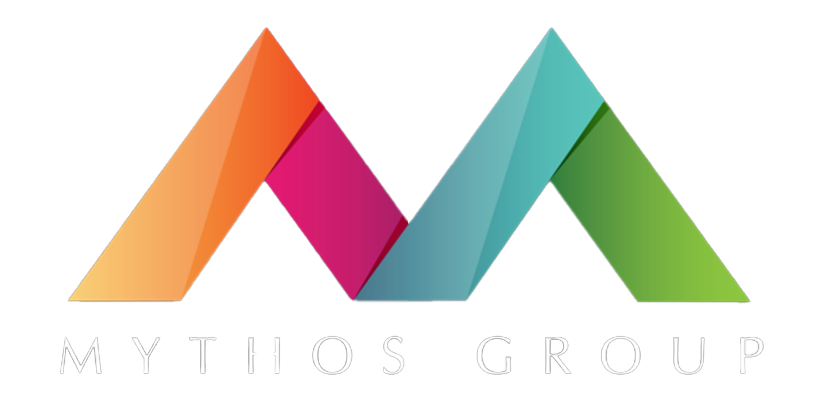Rethinking Product Portfolios, Supply Chains And Services For External Shocks
As the second installment in our series of Change Management in a Dynamic Environment, let’s look at ways organizations can become more resilient to unforeseen events with the potential to disrupt operations.
In the wake of recent global disruptions such as pandemics, geopolitical tensions, and market shifts, organizations are compelled to reevaluate their strategies to maintain resilience and competitiveness. This article explores how businesses can rethink their product portfolios, supply chains, and services to better withstand external shocks.
Rethinking Product Portfolios
Diversification And Flexibility
Organizations are increasingly diversifying their product portfolios to spread risk. By offering a wider range of products, businesses can mitigate the impact of a downturn in any single market segment. For example, during the COVID-19 pandemic, many manufacturers pivoted to produce personal protective equipment (PPE) and sanitizers, diversifying their offerings to meet urgent market needs.
Flexibility is also key. Companies are investing in modular product designs that can be easily adapted to changing customer demands. This approach allows for rapid innovation and reduces the time to market for new products. A notable example is Tesla, which leverages its flexible production lines to quickly switch between different models and respond to market demand.
Digital Transformation
Digital transformation is another critical strategy. By leveraging advanced analytics and artificial intelligence (AI), companies can gain insights into consumer behavior and market trends, enabling them to make informed decisions about their product portfolios. For instance, Procter & Gamble uses AI to analyze customer feedback and predict future trends, allowing for more responsive and tailored product development.
Rethinking Supply Chains
Building Resilience
The fragility of global supply chains was starkly highlighted during the pandemic. To counter this, companies are focusing on building more resilient supply chains. This involves diversifying suppliers, increasing inventory buffers, and investing in local production capabilities. Apple, for example, has been diversifying its supplier base by sourcing components from multiple countries, reducing reliance on any single supplier or region.
Embracing Technology
Technology plays a vital role in modernizing supply chains. The use of blockchain for supply chain transparency and security is gaining traction. Walmart has implemented blockchain technology to track the origin of its produce, enhancing traceability and reducing the risk of contamination. Additionally, the integration of Internet of Things (IoT) devices allows for real-time monitoring of goods in transit, improving supply chain visibility and efficiency.
Sustainability
Sustainability is becoming a cornerstone of supply chain strategy. Companies are increasingly prioritizing eco-friendly practices to meet regulatory requirements and consumer expectations. Unilever, for instance, has committed to ensuring that 100% of its plastic packaging is reusable, recyclable, or compostable by 2025, reflecting a broader shift towards sustainable supply chains.
Rethinking Services
Customer-Centric Approaches
External shocks often alter consumer behavior, necessitating a shift towards more customer-centric service models. Businesses are leveraging data analytics to gain a deeper understanding of customer needs and preferences. For example, Netflix uses sophisticated algorithms to recommend content tailored to individual user preferences, enhancing customer satisfaction and retention.
Omnichannel Strategies
An omnichannel approach is essential for providing seamless customer experiences across various touchpoints. Retailers like Walmart and Target have successfully integrated their online and offline channels, offering services such as curbside pickup and same-day delivery to cater to changing consumer behaviors during the pandemic. This strategy not only improves customer convenience but also helps businesses capture a broader market share.
Digital Services
The acceleration of digital services is another significant trend. Companies are increasingly offering virtual consultations, online support, and digital tools to enhance their service offerings. Healthcare providers, for instance, have rapidly expanded telemedicine services to maintain patient care during lockdowns, demonstrating the potential for digital services to enhance accessibility and convenience.
In Conclusion
The need for organizations to rethink their product portfolios, supply chains, and services in response to external shocks has never been more critical. By diversifying product offerings, embracing digital transformation, building resilient and sustainable supply chains, and adopting customer-centric service models, businesses can better navigate uncertainties and emerge stronger. The examples highlighted in this article underscore the importance of agility and innovation in ensuring long-term success in an increasingly volatile world.
Do you need help future-proofing your organization against unforeseen events? Mythos Group is ready to take you through the necessary steps to safeguard your portfolios, supply chains, and services. Contact us today to learn more.







